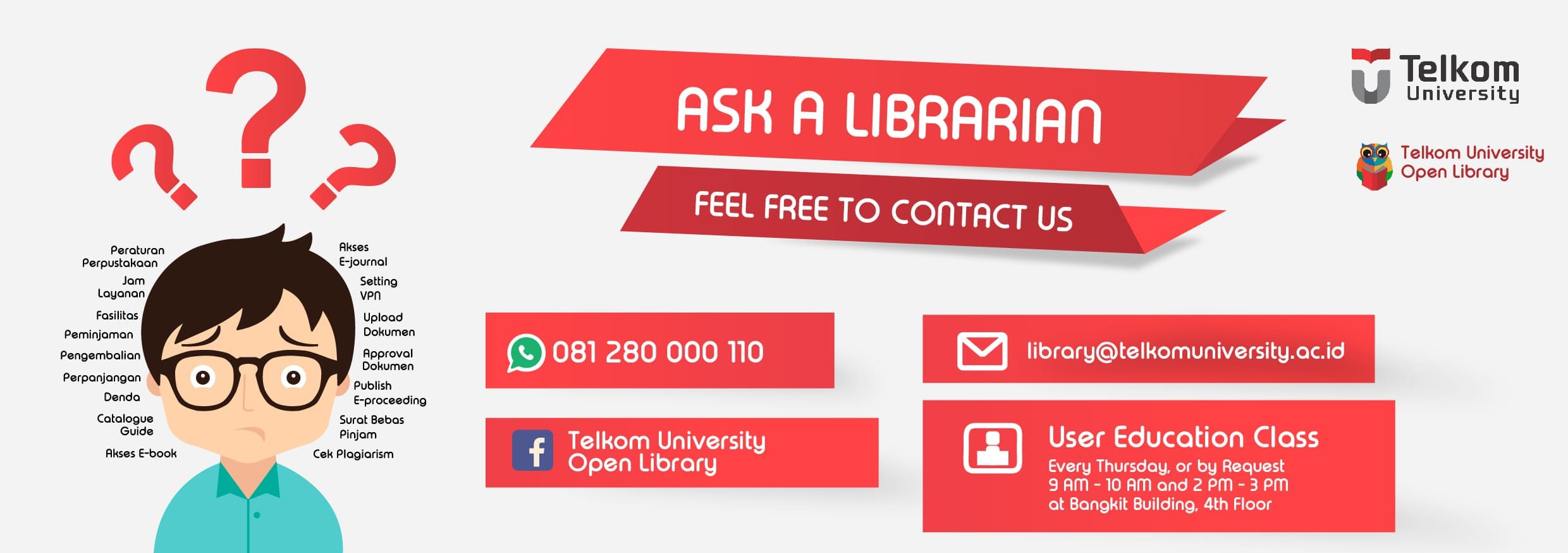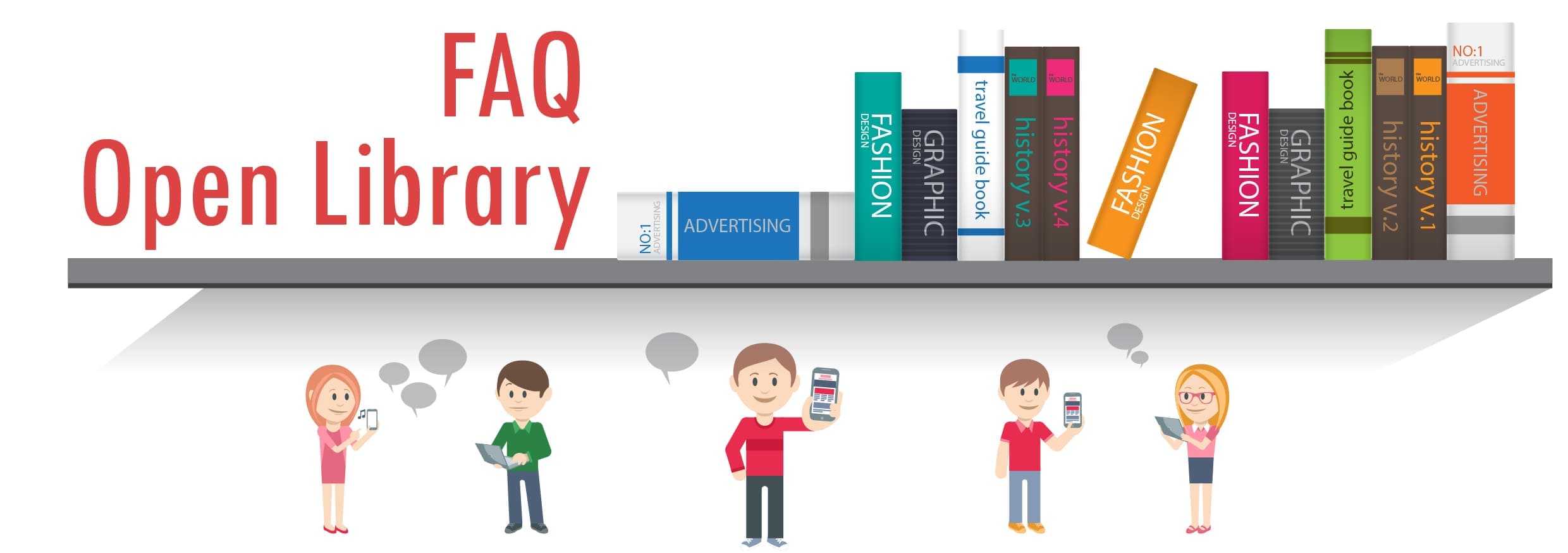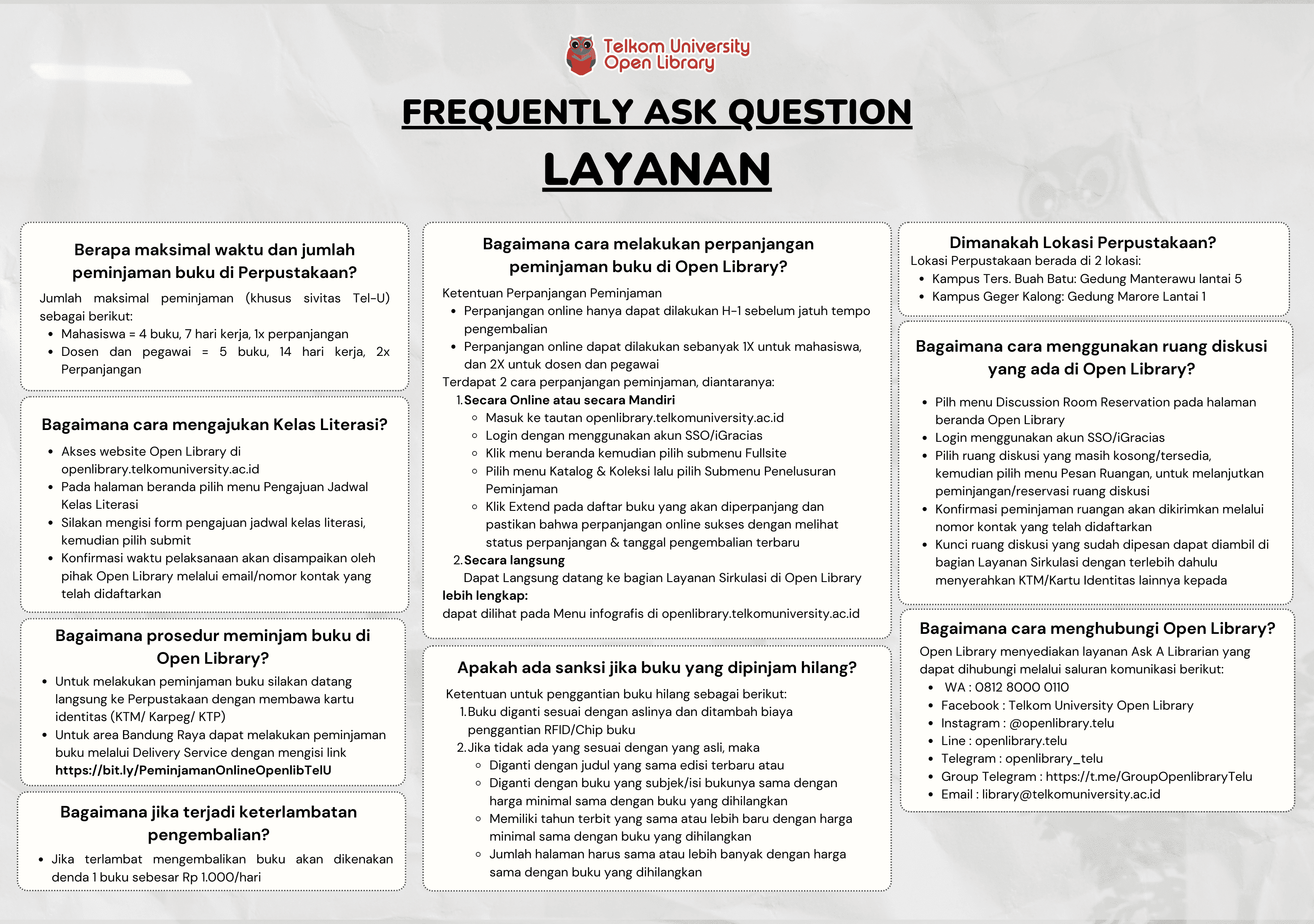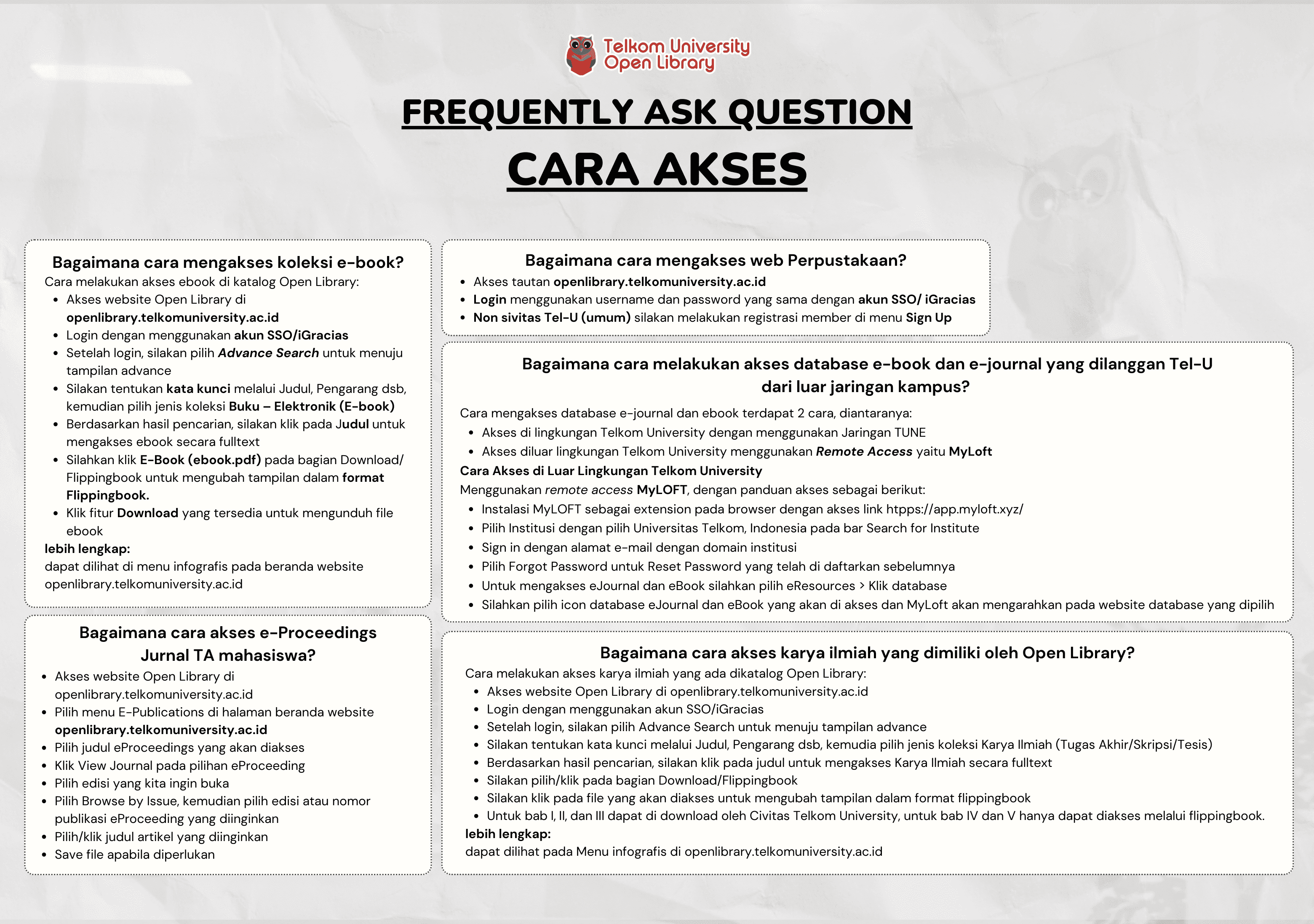ANALISIS KINERJAPENGGUNAAN TEKNIK MODULASI ADAPTIF DAN MIMO ADAPTIF PADA LTE ARAH UPLINK DENGAN BERBAGAI KECEPATAN USER
HENDRA HERDIANA SOPANDI

Informasi Umum
Kode
111080029
Klasifikasi
621.382 16 -
Jenis
Karya Ilmiah - Skripsi (S1) - Reference
Subjek
Transmisi Telkom
Dilihat
434 kali
Informasi Lainnya
Abstraksi
ABSTRAKSI: Perkembangan teknologi telekomunikasi saat ini berkembang ke arah teknologi BWA (Broadband Wireless Access) dan dituntut agar dapat memenuhi komunikasi dengan laju data yang tinggi, kapasitas yang besar, dan mobilitas yang tinggi. LTE (Long Term Evolution) merupakan teknologi telekomunikasi seluler yang dikembangkan untuk memenuhi kebutuhan tersebut. Salah satu permasalahan yang terjadi pada LTE adalah pada kebutuhan laju data yang tinggi namun dengan bandwidth transmisi yang terbatas. Selain itu terdapat masalah yang disebabkan kondisi kanal multipath fading yang dapat menyebabkan menurunnya laju data dan meningkatkan Bit Error Rate (BER).<br> Permasalah tersebut dapat diatasi dengan penggunaan teknik MIMO (Multiple Input Multiple Output) yang dapat meningkatkan throughput serta memiliki kinerja dan kehandalan yang baik. Di samping teknik MIMO, teknik modulasi adaptif diharapkan dapat menjaga kualitas layanan sesuai dengan kondisi kanal propagasi yang berubah-ubah untuk dapat mencapai suatu nilai BER tertentu.<br> Pada tugas akhir ini disimulasikan penggunaan SC-FDMA pada uplink LTE dengan teknik Adaptive MIMO Switch (AMS) dikombinasikan dengan teknik modulasi adaptif agar dapat meningkatkan performansi uplink LTE. Mode MIMO encoder yang dipakai adalah MIMO Space Time Block Code (STBC) dan MIMO Spatial Multiplexing (SM). Simulasi dilakukan dengan kondisi user yang berbeda yaitu pada kecepatan 0, 3, 30, dan 120 km/jam. Untuk memperoleh target BER sebesar 10-3, hasil simulasi menunjukan penggunaan turbo code dengan code rate memberikan kinerja yang baik pada sistem LTE uplink SC-FDMA dengan energi yang diperlukan sebesar 8 dB untuk QPSK dan 16.8 dB untuk 16QAM. Penambahan teknik MIMO STBC pada sistem memberikan performansi BER yang lebih baik dalam kanal rayleigh dan selective fading, sedangkan pada MIMO SM tidak dapat mengatasi keadaan kanal yang buruk dan membutuhkan energi yang besar untuk mencapai target BER yang lebih tinggi. Penggunaan modulasi adaptif dan MIMO adaptif pada sistem berdasarkan batas threshold memberikan keuntungan dua tipe MIMO dan modulasi yang berbeda sesuai dengan kondisi kanal saat itu, sehingga dapat meningkatkan kapasitas dan menjaga kualitas layanan pada sistem LTE uplink SC-FDMA.Kata Kunci : LTE, Adaptive Modulation, MIMO (Multiple Input Multiple Output), Adaptive MIMO Switch (AMS), Space Time Block Code (STBC), Spatial Multiplexing (SM), SC-FDMAABSTRACT: The development of telecommunication technology is currently evolving toward BWA (Broadband Wireless Access) technology and is required in order to fulfill communications with high data rate, large capacity, and high mobility. LTE (Long Term Evolution) is a mobile telecommunications technology which is developed to meet those needs. A problem in LTE is the need for high data rate while the transmission bandwidth is limited. In addition there is also a problem caused by multipath fading channel conditions that can reduce data rate and increase the Bit Error Rate (BER).<br> Those problems can be overcome by using MIMO (Multiple Input Multiple Output) techniques, which can increase the throughput and has good performance and reliability. Besides MIMO techniques, adaptive modulation technique is expected to maintain the quality of service in accordance with the fluctuative conditions of the propagation channel to be able to achieve a certain BER value.<br> This research simulate the using of SC-FDMA in the uplink LTE with Adaptive MIMO Switch (AMS) techniques combined with adaptive modulation techniques in order to improve the performance of the LTE uplink. MIMO encoder mode used is MIMO Space Time Block Code (STBC) and MIMO Spatial Multiplexing (SM). Simulations performed with a different user conditions, namely at a speed of 0, 3, 30, and 120 km/h. To achieve the BER target of 10-3, the results of simulations show that the use of turbo code with code rate 1/3 gives good performance on the LTE uplink SC-FDMA system with the required energy is 8 dB for QPSK and to 16.8 dB for 16QAM. The addition of STBC MIMO techniques in the system gives a better BER performance in Rayleigh channel and selective fading, while MIMO SM cannot overcome the poor channel condition and requires higher energy to achieve the BER target. The use of adaptive modulation and adaptive MIMO in the systems based on threshold margin provides the advantage of two types of MIMO and different modulation according to the current channel conditions in order to increase capacity and maintain the quality of service in LTE uplink SC- FDMA system.Keyword: LTE, Adaptive Modulation, MIMO (Multiple Input Multiple Output), Adaptive MIMO Switch (AMS), Space Time Block Code (STBC), Spatial Multiplexing (SM), SC-FDMA
Koleksi & Sirkulasi
Tersedia 1 dari total 1 Koleksi
Anda harus log in untuk mengakses flippingbook
Pengarang
| Nama | HENDRA HERDIANA SOPANDI |
| Jenis | Perorangan |
| Penyunting | Arfianto Fahmi, Saleh Dwi Mardiyanto |
| Penerjemah |
Penerbit
| Nama | Universitas Telkom |
| Kota | Bandung |
| Tahun | 2012 |
Sirkulasi
| Harga sewa | IDR 0,00 |
| Denda harian | IDR 0,00 |
| Jenis | Non-Sirkulasi |




















